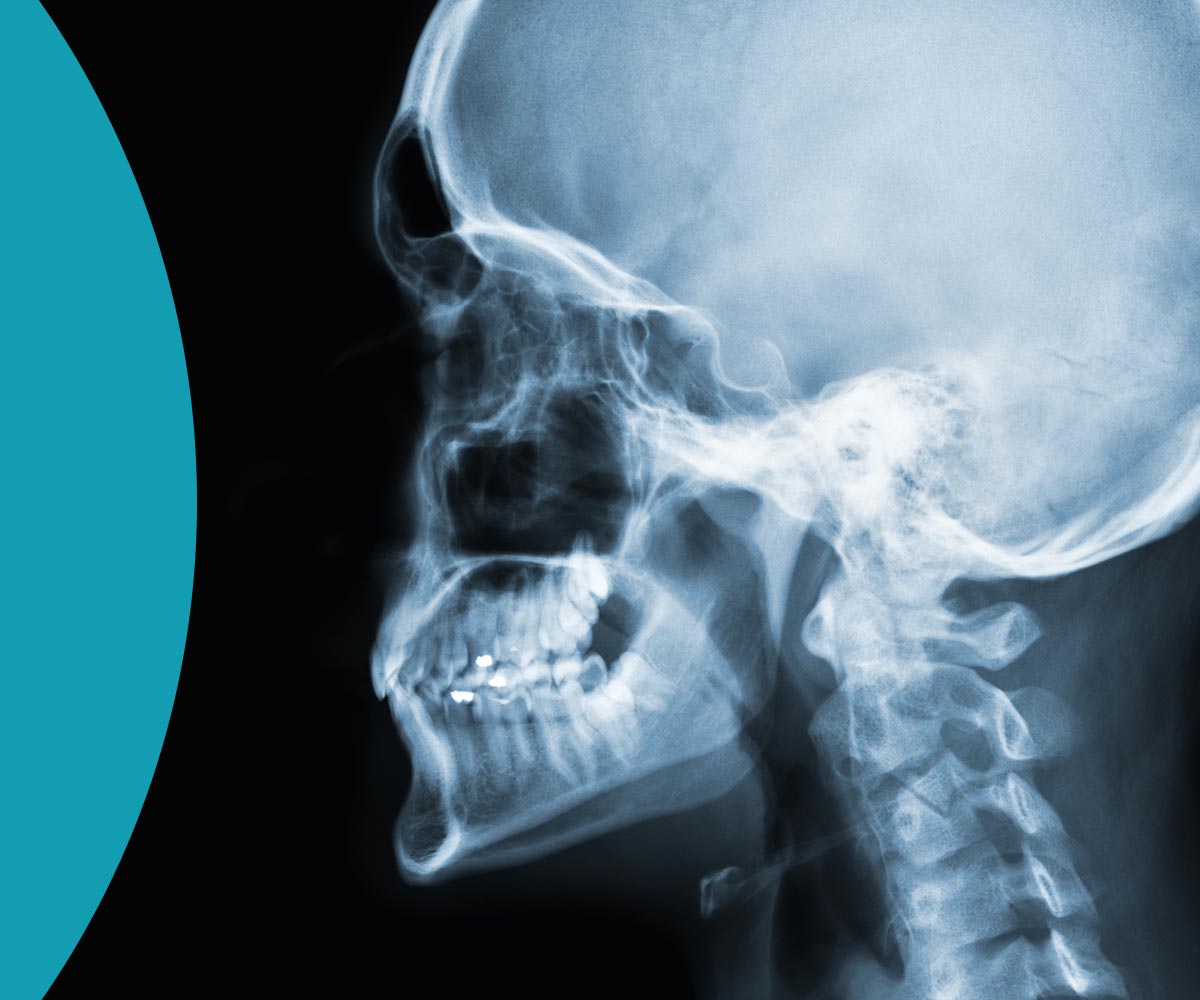
Revealing the Therapeutic Potential of Hyperbaric Oxygen Therapy in the Treatment of Radionecrosis
Understanding Radionecrosis
Radionecrosis is a condition characterized by the death of tissue resulting from exposure to ionizing radiation. It commonly occurs as a complication of radiation therapy used to treat cancer, particularly in areas where high doses of radiation are administered, such as the head and neck region. Radionecrosis can lead to significant morbidity and impair quality of life, causing symptoms such as pain, ulceration, tissue breakdown, and impaired wound healing.
Introducing Hyperbaric Oxygen Therapy (HBOT)
Hyperbaric oxygen therapy (HBOT) involves breathing pure oxygen in a pressurized chamber, which increases the amount of oxygen dissolved in the bloodstream and delivered to tissues. HBOT enhances tissue oxygenation, promotes wound healing, reduces inflammation, and supports the growth of new blood vessels. These mechanisms make HBOT a valuable therapeutic option for conditions like radionecrosis, where tissue oxygenation and healing are compromised.
How HBOT Targets Radionecrosis
HBOT addresses the pathophysiology of radionecrosis through several mechanisms. Firstly, increased oxygen delivery to irradiated tissues helps mitigate hypoxia, a key driver of tissue damage and impaired wound healing in radionecrosis. Additionally, HBOT stimulates the formation of new blood vessels (angiogenesis), which enhances tissue perfusion and promotes the delivery of oxygen and nutrients to damaged areas. Furthermore, HBOT’s anti-inflammatory effects help reduce tissue inflammation and prevent further damage.
Clinical Evidence Supporting HBOT for Radionecrosis
Studies have demonstrated the efficacy of HBOT in treating radionecrosis, particularly in the context of head and neck cancer treatment. A meta-analysis published in the International Journal of Radiation Oncology, Biology, Physics concluded that HBOT significantly improves the likelihood of healing in patients with radionecrosis compared to standard treatments alone. Moreover, observational studies and case series have reported favorable outcomes with HBOT, including pain relief, wound healing, and preservation of tissue function.
Potential Benefits Beyond Symptom Relief
In addition to symptom alleviation, HBOT offers potential long-term benefits for individuals with radionecrosis. By promoting tissue healing and angiogenesis, HBOT may help prevent disease progression, reduce the need for surgical interventions, and improve overall quality of life. Furthermore, HBOT’s ability to enhance tissue oxygenation may have implications for cancer treatment outcomes, as oxygen plays a critical role in the effectiveness of radiation therapy and chemotherapy.
Integrating HBOT into Radionecrosis Treatment Plans
HBOT should be integrated into radionecrosis treatment plans in collaboration with a multidisciplinary team of healthcare professionals, including radiation oncologists, surgeons, and hyperbaric medicine specialists. Treatment protocols may vary depending on the severity and location of radionecrosis, but typically involve a series of HBOT sessions conducted in a specialized hyperbaric chamber. Close monitoring and follow-up evaluations are essential to assess treatment response and adjust the therapy as needed.
Hyperbaric oxygen therapy represents a valuable therapeutic option for individuals suffering from radionecrosis, offering hope for improved symptom relief, tissue healing, and quality of life. By enhancing tissue oxygenation, promoting angiogenesis, and reducing inflammation, HBOT addresses the underlying pathophysiology of radionecrosis and supports the body’s natural healing processes.